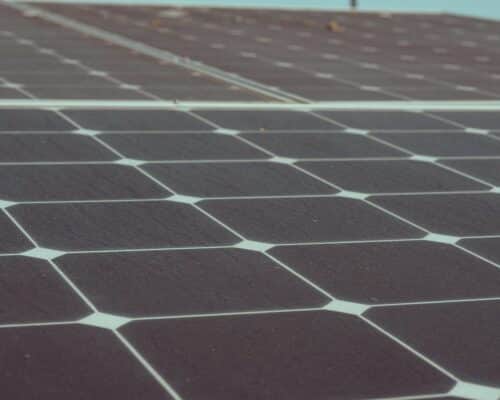Environmental Issues in the Philippines and New LNG Projects
Photo by Avigator Fortuner
04 April 2024 – by Viktor Tachev
The list of environmental issues in the Philippines is excessively long. Environment and natural resources are at risk due to climate change. Not only is the country doing not enough to address them, but its fossil fuel obsession has exacerbated the potential impacts. Without sustainable development and immediate action to limit LNG project development in coastal areas, the country is single-handedly risking its climate, heritage, marine biodiversity and community well-being.
Excessive Climate Risk and Environmental Issues Looming over the Philippines
The common denominator between the environmental issues in the Philippines is that they are all human-made.
Plastic Pollution
The country is plagued by plastic pollution driven by multinational companies’ continuous use of single-use plastics. Furthermore, big brands use the territory of the Philippines to dump and burn plastic waste continuously. That increases greenhouse gas emissions.
Deforestation
Logging and deforestation are other environmental challenges that the Philippines has long been dealing with. In fact, it is among the countries that have seen the biggest amount of deforestation in the past 40 years. Sustainable forest management is not a priority.
While plastic waste and deforestation are serious problems, there are signs that they will be addressed soon under the new leadership of the Philippine government.
However, this isn’t the case when it comes to the exponentially growing climate risk facing the country.
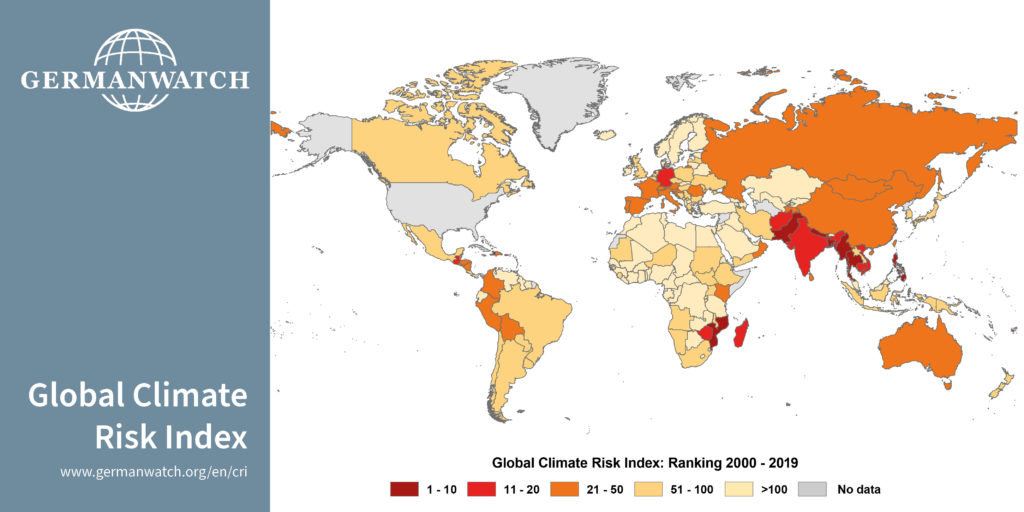
According to different studies, the Philippines is bouncing between the first and the fourth position among the most vulnerable countries to climate change. The nation is threatened by various risks, including rising sea levels, more intense tropical cyclones, increased rainfall, droughts, heatwaves and more.
Between 2000 and 2019, the Philippines experienced a total of 317 weather-related events, the highest result globally. Greenpeace notes that what the country is experiencing will only worsen as global temperatures continue to rise.
The Rising Temperatures Threaten the Health, Livelihoods and Quality of Life of Filipinos
The Philippines is at risk of unprecedented compound extreme events. These are situations where multiple disasters of different or similar types coincide or occur one after another, becoming more probable and severe.
For example, heatwaves during a drought increase the risk of forest fires, agricultural damage and biodiversity losses. Currently, ecosystems on approximately 1 million hectares of grasslands in the Philippines are highly vulnerable to global warming. Farming is also at risk. Studies suggest that the grain yield decreased by at least 10% for each 1°C increase in the dry season’s minimum temperature. For example, the El Nino-associated drought between 2015 and 2016 affected over 413,000 Filipino farmers and even sparked violent protests.
Similar to the heatwaves in other countries, rising temperatures will also impact the working hours and productivity in the Philippines. Besides, such events also risk contributing to a boom in diseases, including dengue, typhoid, malaria and cholera – a situation that the Philippines has experienced in the past.
In addition, according to a study by the World Resource Institute, the Philippines is likely to experience a high level of water stress by 2040.
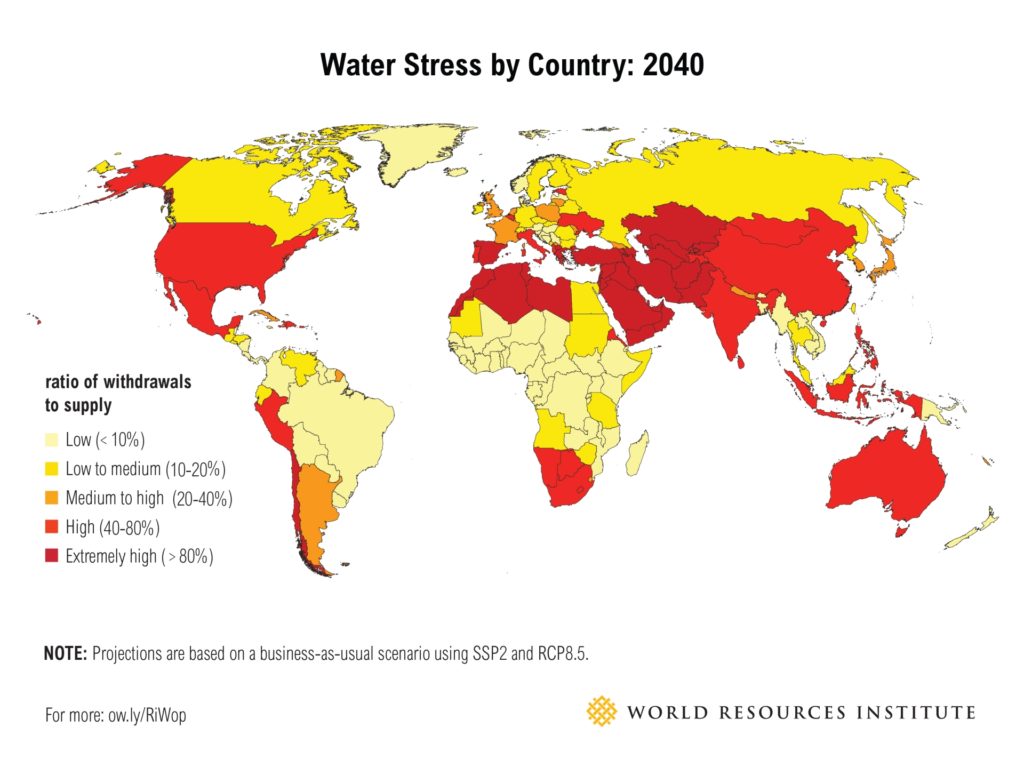
The Philippines is the 8th biggest fishing nation globally, with a yearly haul of USD 2.5 billion. However, according to the IPCC, by 2051-2060, the maximum fish catch in the country will decrease by as much as 50% compared to 2001-2010. Due to rising sea surface temperatures, the Philippines is at risk of a 9% decline in its fisheries’ GDP. It will lead to adverse economic consequences.
Sea Level Rise, Damage to Coastal Areas and Marine Life
Sea level rise in the Philippines is higher than anywhere else. Since 1901, the sea level has risen by 60 cm, or over three times the global average of 19 cm. This has put at risk 64 coastal provinces, home to 13.6 million Filipinos.
For example, the sea level in Manila Bay has already increased by 0.80 m from 1947 to 2012. Without additional climate action, it will rise by an additional 0.50 m by 2050 and 1.33 m by 2100.
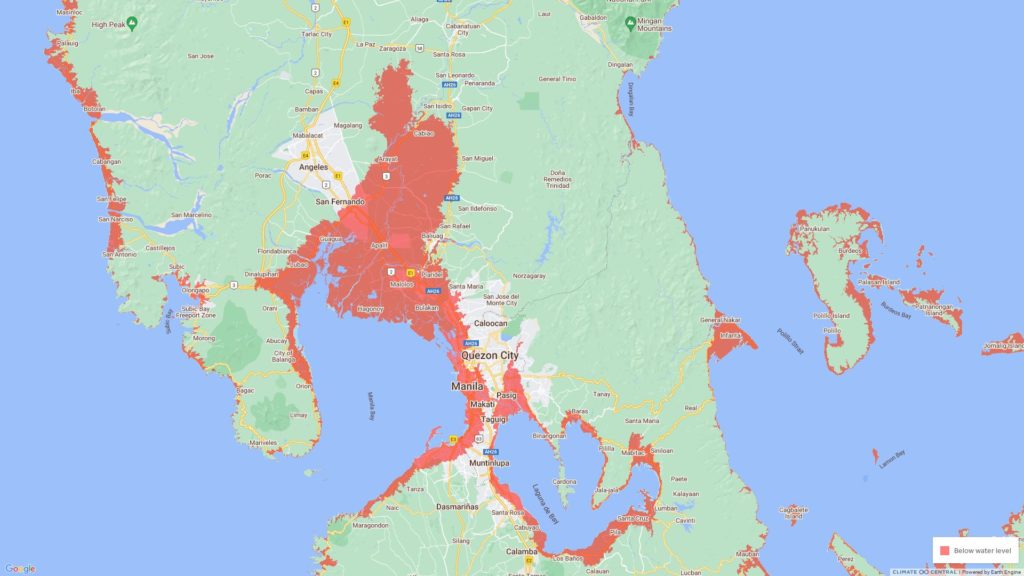
The rising sea level can unfold a series of devastating events for the Philippines coastal sector. First, it risks inducing higher storm surges caused by intense typhoons. As the country is an archipelago, coastal communities and their livelihoods are at risk. Furthermore, sea level rise can cause coastal erosion, shoreline retreat, wetland flooding, saltwater intrusion and habitat loss for fish, birds and plants.
In addition, climate change is projected to kill 98% of the coral in Southeast Asia by 2050.
LNG Projects Are Adding Fuel to the Fire
The Philippines faces a growing energy crisis and is looking towards LNG to save the day. The country plans a substantial increase in LNG supply, mainly through imports. By 2040, LNG will account for 40% of the country’s energy mix, up from 22% in 2020.
Furthermore, the Philippines has the second-largest planned gas expansion in Southeast Asia, with 29.9 GW in development. The country is building a fleet of LNG terminals to accommodate the needs of gas-fired power plants. If plans go forward without hiccups, it will launch its first LNG terminal by the end of 2022.
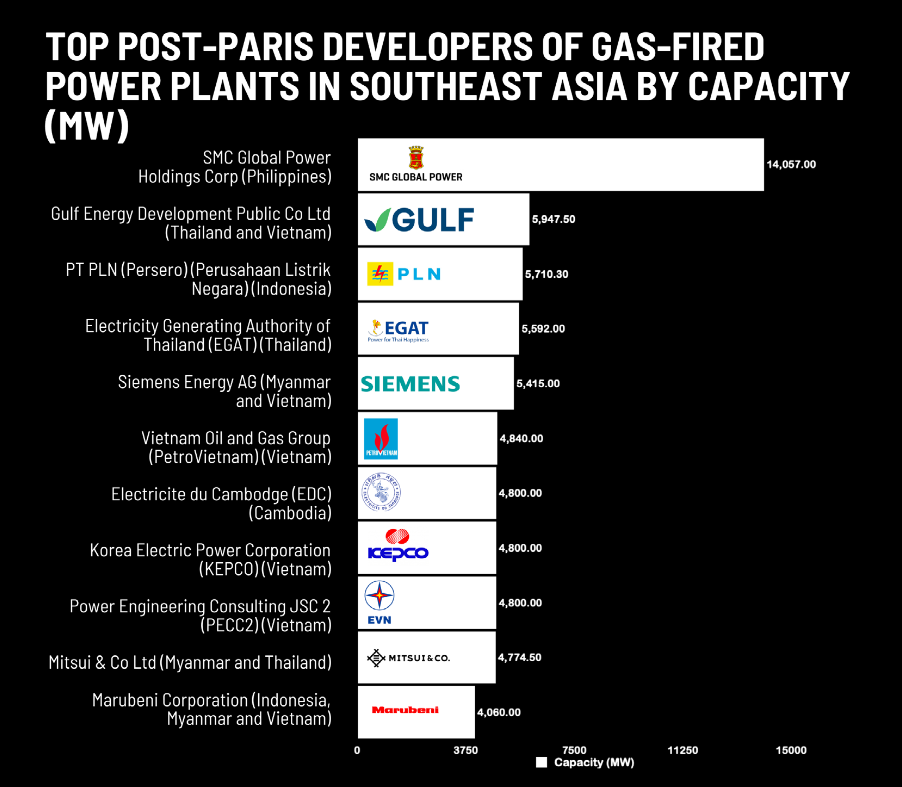
SMC Global Power Holdings Corp., the power unit of San Miguel Corp, is a major force behind the boom. The company has over 14 GW of gas projects in the pipeline in Batangas, Negros Occidental, Metro Manila, Zamboanga and Leyte.
But, its LNG projects are now facing massive public and civil society opposition. Communities, organisations and environmentalists in Batangas, a hotspot of fossil fuel expansion, conducted a fluvial demonstration in Verde Island Passage. The area provides food to over 2 million people. It is also the centre of global shorefish biodiversity, as it is home to 60% of all known shorefish species. In addition to fuelling the climate crisis, the groups claim that the LNG projects threaten marine life and livelihoods. Scientific studies also back this observation.
Public opposition to new gas projects is also growing in San Carlos and other regions.
Addressing the Environmental Problems in the Philippines as the Number One Priority
Research from the Harvard Humanitarian Initiative finds that 60% of Filipinos don’t feel well informed about climate change and environmental protection despite public outrage. Yet, 71% remain concerned it would affect them.
This information blackout allows companies like SMC to push ahead with LNG projects. This takes advantage of the public’s lack of understanding of the associated risks. This goes against the basic principles of climate justice. More disturbingly, the company is framing its efforts as sustainable. Meanwhile, it claims that it aims to benefit the Filipino population and the environment. For example, SMC’s slogan is “Sustaining the Filipino”. And the company claims its core value is “malasakit”. This expression is the “unique Filipino value of helping others without being prodded and without expecting anything in return.” The company even claims to be doing better for the environment by “taking direct action to help” the cities, waters and forests in the Philippines.
But, companies like SMC aren’t the only ones to blame for the LNG obsession. The Philippines’ leadership acknowledges the need for climate justice based on the Paris Agreement. It also estimates that climate change is “eroding hard-earned socio-economic gains”. It even estimates that climate change will cause the country a 6% annual GDP loss by 2100. However, the country has yet to prohibit the use of fossil fuels, with the expansion of the LNG fleet remaining a focal point in its energy plans.
LNG Projects Pose Environmental and Climate Risks
The impact of LNG projects in coastal areas on marine life and the environment is well documented. The Philippines’ leaders and the fossil fuel lobby should look no further than their own backyard to understand the environmental threat. The studies are clear: such projects can further disturb the already dwindling coral cover in the area, affect fishing, increase the temperature of the water, contaminate soil and water with toxic metals and more.
The Philippines’ leadership and the management of companies like SMC should understand that LNG isn’t a bridge but a wrecking ball for the environment, the population and the economy. If the environmental aspects and concerns aren’t enough of a reason to convince the national and corporate leadership to act, then the USD 14 billion in stranded asset risk, the low percentage of viable projects and the fact that the Philippines is already paying some of the highest electricity prices in Southeast Asia should be.
by Viktor Tachev
Viktor has years of experience in financial markets and energy finance, working as a marketing consultant and content creator for leading institutions, NGOs, and tech startups. He is a regular contributor to knowledge hubs and magazines, tackling the latest trends in sustainability and green energy.
Read more



